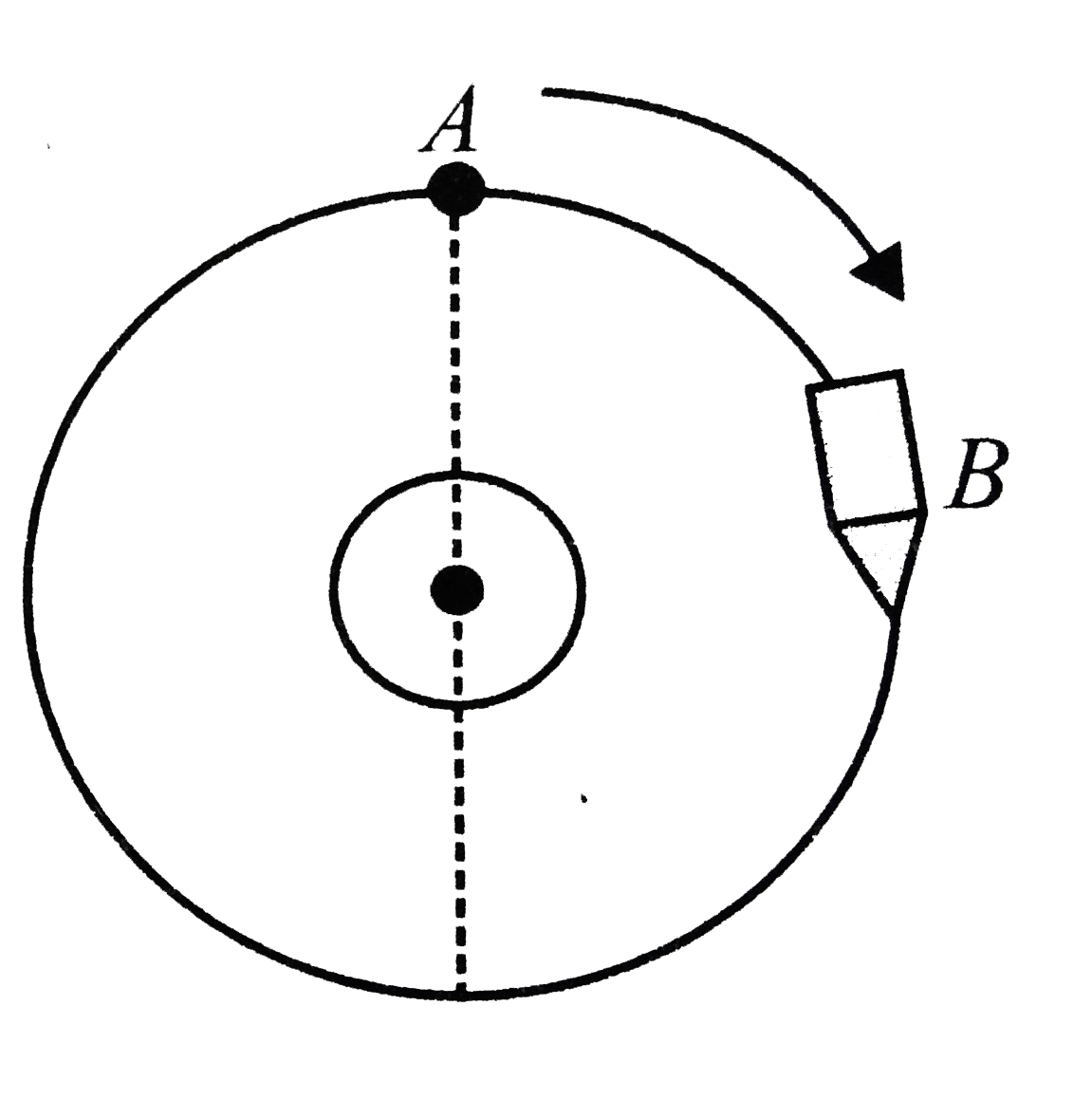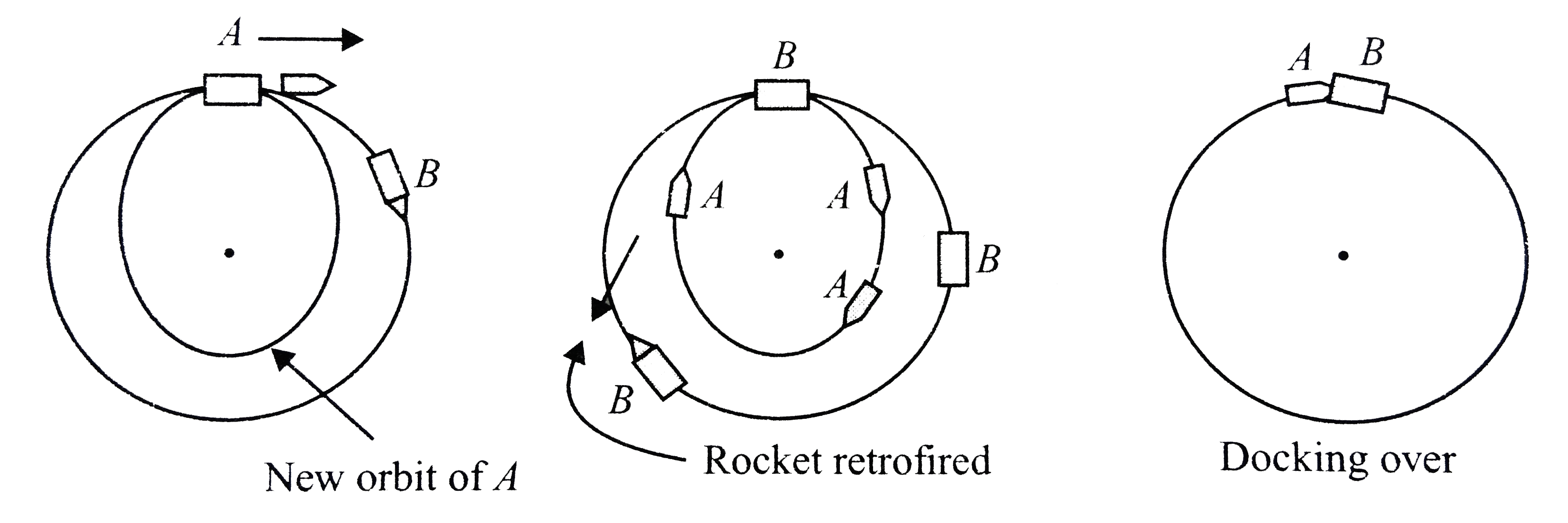Galileo was punished by the Church for teaching that the sum is stationary and the earth moves around it. His opponents held the view that the earth is stationary and the sun moves around it. If the absolute motion has no meaing,are the two view points not equally correct or equally wrong?
To analyze the viewpoints of Galileo and his opponents regarding the motion of the Earth and the Sun, we can follow these steps:
Step 1: Understanding the Concept of Absolute Motion
- Absolute motion refers to the idea of motion that is independent of any observer's frame of reference. In classical physics, motion is always relative; it depends on the observer's position and state of motion.
Step 2: Identifying the Two Viewpoints
- Galileo proposed that the Sun is stationary and the Earth revolves around it (heliocentric model).
- His opponents believed that the Earth is stationary and the Sun revolves around it (geocentric model).
Step 3: Analyzing the Frames of Reference
- From the Earth's frame of reference, it appears that the Sun moves around the Earth. This is a perspective based on our everyday experience.
- From the Sun's frame of reference, the Earth moves around the Sun. This perspective is based on the heliocentric model.
Step 4: Evaluating the Validity of Each Viewpoint
- Both viewpoints can be considered correct depending on the frame of reference used. In the context of classical mechanics, motion is relative, and thus both perspectives are valid.
- However, the heliocentric model is more accurate in describing the solar system's dynamics when viewed from a broader, independent frame of reference (like that of the galaxy).
Step 5: Conclusion
- Since absolute motion has no meaning, both viewpoints can be seen as equally correct or equally wrong, depending on the context. However, the heliocentric model provides a more comprehensive understanding of celestial mechanics.
- Absolute motion refers to the idea of motion that is independent of any observer's frame of reference. In classical physics, motion is always relative; it depends on the observer's position and state of motion.
- Galileo proposed that the Sun is stationary and the Earth revolves around it (heliocentric model).
- His opponents believed that the Earth is stationary and the Sun revolves around it (geocentric model).
- From the Earth's frame of reference, it appears that the Sun moves around the Earth. This is a perspective based on our everyday experience.
- From the Sun's frame of reference, the Earth moves around the Sun. This perspective is based on the heliocentric model.
- Both viewpoints can be considered correct depending on the frame of reference used. In the context of classical mechanics, motion is relative, and thus both perspectives are valid.
- However, the heliocentric model is more accurate in describing the solar system's dynamics when viewed from a broader, independent frame of reference (like that of the galaxy).
- Since absolute motion has no meaning, both viewpoints can be seen as equally correct or equally wrong, depending on the context. However, the heliocentric model provides a more comprehensive understanding of celestial mechanics.
Topper's Solved these Questions
- REST AND MOTION : KINEMATICSBook:HC VERMA ENGLISHChapter:REST AND MOTION : KINEMATICSExercise:Exercises
Explore 51 Videos
- PHYSICS AND MATHEMATICSBook:HC VERMA ENGLISHChapter:PHYSICS AND MATHEMATICSExercise:Question for short Answer
Explore 14 Videos
- ROTATIONAL MECHANICSBook:HC VERMA ENGLISHChapter:ROTATIONAL MECHANICSExercise:Questions for short Answer
Explore 21 Videos
Similar Questions
A satellite moves in a circle around the earth. The radius of this circle is equal to one half of the radius of the moon's orbit. The satellite completes one revolution is :
View SolutionAn artificial satellite is moving in a circular orbit around the earth with a speed equal to half the escape velocity from the earth of radius R. The height of the satellite above the surface of the earth is
View SolutionConsider the circular motion f the earth around the sun. Which of the following statements is more appropriate? a. Gravitational attraction of the sun on the earth is equal to the centripetal force. b. Grvitational attraction of the sun on the earth is the centripetal force.
View SolutionIf an artificial satellite is moving in a circular orbit around earth with speed equal to one fourth of Ve from earth, then height of the satellite above the surface of the earth is
View SolutionAn artificial satellite is moving in a circular orbit around the earth with a speed equal to half the magnitude of escape velocity from the earth. The height of the satellite above the surface of the earth is x R. Find the value of x.
View SolutionWrite the answer of the following question in one word-
(a) What is the orbital speed of Geo-stationary satellite ?
(b) For a satellite moving in an orbit around the earth what is the ratio of kinetic energy to potential energy ?
View Solution_E01_109_Q01.png)
Consider two satellites A and B of equal mass m, moving in the same circular orbit of radius r around the earth E but in opposite sense of rotation and therefore on a collision course (see figure)
(i). In terms of G,Me m and r find the total mechanical energy EA+EB of the two satellite plus earth system before collision
(ii). If the collision is completely inelastic so that wreckage remains as one piece of tangled material (mass=2m) find the total mechanical energy immediately after collision.
View SolutionThese questions consists of two statements each printed as Assertion and Reason. While answering these question you are required to choose any one of the following five reponses
(a) If both Assertion and Reason arecorrect and Reason is the correct explanation of Asserrtion.
(b) If both Assertion and Reason are correct but Reason is not the correct explanation of Assertion.
(c ) If Assertion is true but Reason is false.
(d) If Assertion is false but Reason is true.
Assertion If a force is applied on a rigid body. Body is in motion but point of application of force is stationary. Then, work done by the force is zero.
Reason If body is moving, then point of application of force should also move.
View SolutionAn unmanned satellite A and a spacecraft B are orbiting around the earth in the same circular orbit as shown.
 The spacecraft is ahead of the satellite by some time. Let us consider that some technical problem has arisen in the satellite and the astronaut from B has made it correct. For this to be done docking of two (A and B) is required (in layman terms connecting A and B). To achieve this, the rockets of A have been fired in forward direction and docking takes place as shown in the figure below:
The spacecraft is ahead of the satellite by some time. Let us consider that some technical problem has arisen in the satellite and the astronaut from B has made it correct. For this to be done docking of two (A and B) is required (in layman terms connecting A and B). To achieve this, the rockets of A have been fired in forward direction and docking takes place as shown in the figure below:

Take mass of the earth =5.98×1024kg
Radius of the earth =6400km
Orbital radius =9600km
Mass of satellite A=320kg
Mass of spacecraft =3200kg
Assume that initially spacecraft B leads satellite A by 100s, i.e., A arrives at any particle position after 100s of B’s arrival. Based on the above information answer the following questions. After once returning to the original point, i.e., the place from where the rockets have been fired, in which direction and with what extent the rockets have to be fired from the satellite to again come back in the original orbit?
View SolutionState the following statements as TRUE or FALSE.
a. A convex mirror cannot from a real image for a real object.
b. The image formed by a convex mirror is always diminished and erect.
c. Virtual image formed by a concave mirror is always enlarged.
d. Only in the case of a concave mirror, it may happen that the object and its image move in same direction.
e. In the case of a concave mirror, the image always move faster than the object.
f. If an object is placed in front of a diverging mirror at a distance equal to its focal length, then the height of image formed is half of the height of object.
g. For two positions of an object , a concave mirror can form englarged image.
h. Concave mirror is used as a rear view mirror in motor vehicles.
i. If some portion of the mirror ois covered, then complete image will be formed but of reduced brightness.
j. A plane mirror always forms an erect iamge of same size as that of the object.
k. The image formed by a plane mirror has left-right reversal.
l. A virtual object means a converging beam.
View Solution
